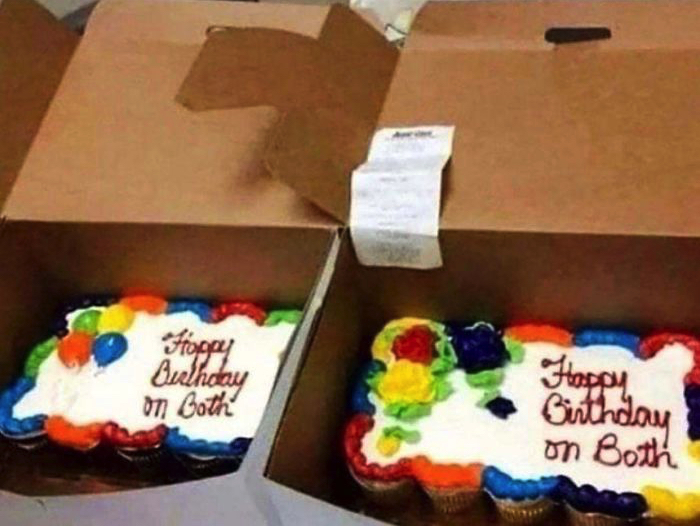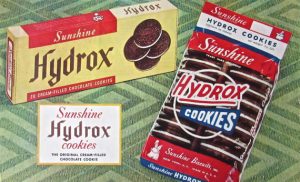People often ask me where the cookies in my chocolate room come from. I don’t make cookies myself, but I am a fussy cookie buyer. A lot of commercially made cookies are made out of terrible stuff – and I mean really terrible stuff – stuff like petrochemicals and animal parts that belong in dog food instead of cookies. My most popular cookies are the shortbread cookies. I use Walker’s shortbread from Scotland, which I think is the best. They are 34% butter. That’s a lot! I get my speculaas and stroopwafels from the Netherlands. They make these traditional Dutch cookies in the United States as well, but the ones made in the Netherlands are the best. After all, who knows more about how to make Dutch cookies than the Dutch? I get some of my cookies from local bakeries, especially the perishable ones, like madeleines. I don’t buy cookies from supermarket bakeries. Supermarket bakeries are almost always the cheapest, but the quality of their ingredients is usually low, and the skill level of supermarket bakers is also usually low. Take a look at the photo below. A woman ordered 2 cakes for her kid’s birthday. She told the supermarket bakery to: “Write Happy Birthday on both.” Look what she got. That photo reminded me of another photo, also below. Exxon ordered a fleet of trucks for use in Saudi Arabia. They told the manufacturer to paint: “No Smoking in Arabic on the trucks.”





